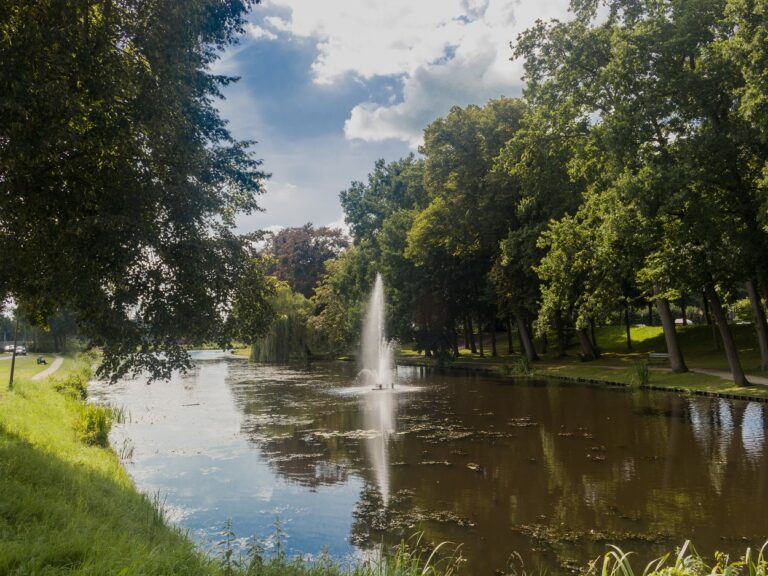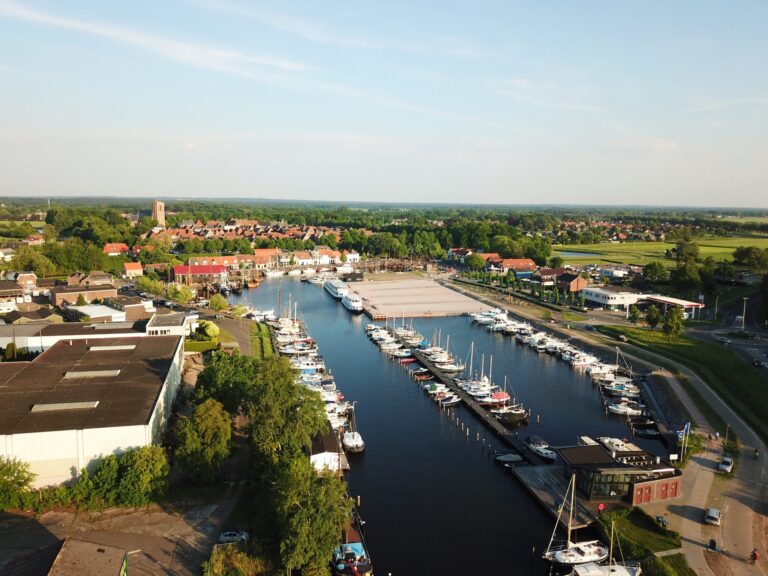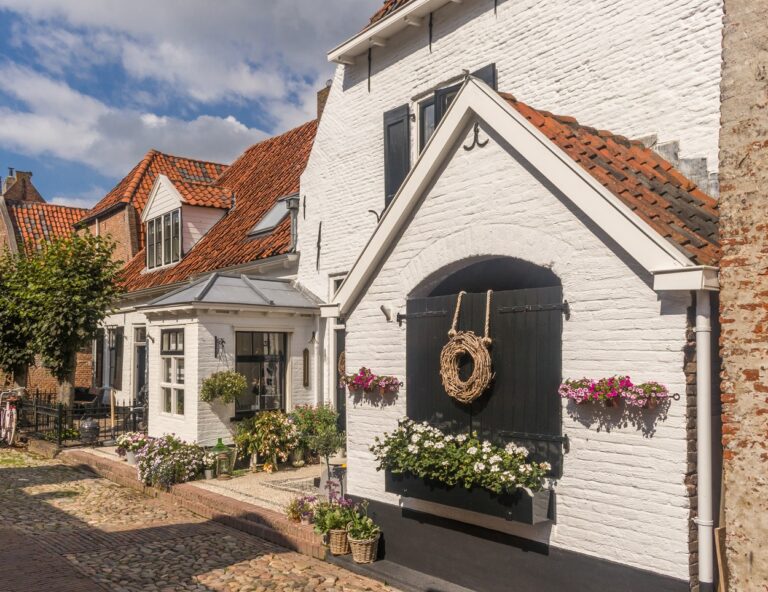De hertog van Gelre gaf zijn rentmeester Arent thoe Boecop in 1392 opdracht om de stad ‘te versetten’. Arent ontwierp een stad van ca. 415 bij 250 meter met een recht stratenplan. De stad bestaat uit vier kwartieren, gescheiden door wegen (Jufferenstraat-Vischpoortstraat) en een waterweg (de Beek) die dwars door de stad loopt.
Na verloop van tijd wordt er een aarden wal rondom de stad aangelegd, met daarbuiten een extra gracht. In deze wallen worden kanonkelders gebouwd, de zogenaamde kazematten, waarin men vuurgeschut plaatst. Later verdwijnt de noodzaak van de verdedigingswerken. Van alle poorten overleeft alleen de Vischpoort omdat deze een belangrijke functie als kustlicht heeft. Halverwege de 19de eeuw worden de wallen en bastions verlaagd en wordt er een plantsoen gemaakt.
Gelukkig blijft de rechthoekige vorm van het vestingwerk zichtbaar. De kazematten zijn nog altijd in de zomer te bezoeken en de stadsmuren worden nu goed onderhouden.





